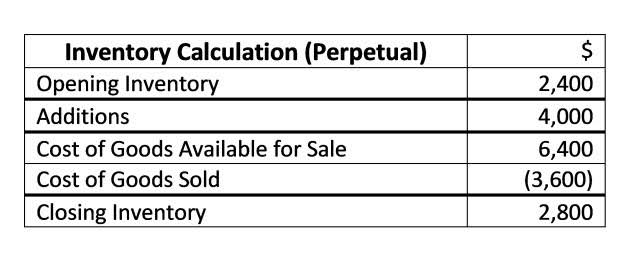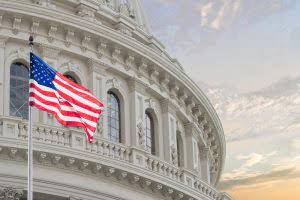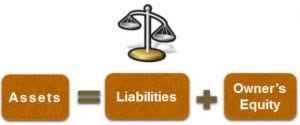
Detox often involves a medical environment to help ease alcoholic nose symptoms and withdrawal. The only true way to prevent drinking nose is to abstain from alcohol entirely or at early signs of rhinophyma. With that, it is important to recognize the signs of a drinker’s nose to adjust accordingly — prior to full development. A nose from drinking alcohol comes with broken capillaries, and eventually, the reddened skin brought on by this becomes semi-permanent.
Is Rhinophyma Caused By Alcoholism?
- Rosacea is caused by blood vessels swelling under the skin, causing red skin sores.
- Sunshine Behavioral Health strives to help people who are facing substance abuse, addiction, mental health disorders, or a combination of these conditions.
- If you or a loved one suffers from alcoholism, please get in touch with our alcohol rehab in Orange County immediately.
- Rosacea is a skin condition that affects plenty of people each year.
- Because of this, heavy drinking can aggravate rhinophyma, causing an alcoholic nose.
However, some conditions may require treatment beyond our capabilities, and we reserve the right to medically discharge a patient for a higher level of mental health care. While alcohol nose does not directly imply addiction, it can be a visible manifestation of long-term alcohol abuse for some people. If you or someone drunk nose you know struggles with alcohol addiction, The Hope House can help. We are dedicated to transforming the despair of addiction into a purposeful life of confidence, self-respect and happiness. We want to give recovering addicts the tools to return to the outside world completely substance-free and successful.
Alcohol intolerance
This typically results in the eyes becoming swollen and red in appearance. Until recently, doctors believed that rosacea and rhinophyma could be caused by alcoholism. You may be surprised to learn that some people are snorting, or nasally inhaling, alcohol instead of drinking it. While there’s no evidence that it’s particularly widespread, it’s notable enough to have shown up in the news. Rhinophyma, also termed ‘end-stage rosacea’, is the most frequent phymatous manifestation of the disease. It starts as an accentuation of the normal tissue over the nose in adolescence and young adulthood.
- Just because they have swelling and discoloration around the nose does not mean they are an alcoholic.
- And when it comes to the flu, flu season is typically from October to May.
- With time, rosacea can worsen, and for people who drink alcohol heavily, this can mean developing rhinophyma.
- When rhinophyma is severe enough, an individual can have trouble breathing.
- In some cases, people may experience ocular rosacea before symptoms on the skin begin.
- To give yourself the best chance of recovering and achieving long-term sobriety, consider seeking professional addiction treatment.
- Alcohol use can cause vessels to enlarge in the face and neck, creating redness or flushed skin.
Signs And Symptoms Of Rhinophyma
While this stereotype does have some element of truth to it, there is some debate on how much alcohol actually affects the appearance of your nose. Today, we’ll expand upon the importance of avoiding your triggers. If you think your drinking habits are causing your alcoholic nose flare-ups, know that the best way to stop them is to quit drinking. Even a single alcoholic drink can cause flare-ups for many people with this condition. A survey by the National Rosacea Society found that red wine was the most common culprit, followed by white wine and beer.
Does Alcoholic Red Nose Go Away?
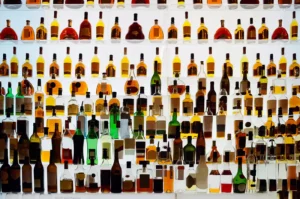
Learn about the best rehab and detox programs that will create lasting change. Alcohol abuse also causes numerous conditions that may accelerate the severity or worsen the appearance of rhinophyma. Once rhinophyma becomes severe, there are visible and obvious changes to the shape, skin and size of the nose. In many cases, doctors are not able to definitively find the cause of rhinophyma.
However, we know that alcohol may exacerbate existing medical conditions like diabetes or heart disease. Given its name—alcoholic nose—it’s not hard to figure out that there was once thought to be a connection between alcohol abuse and a large, red, and bulbous nose. Rosacea is a chronic skin condition that is characterized by facial flushing—especially in the nasal area or cheeks—and irregular redness. As part of rosacea, small, red, and pus-filled bumps might also form on the face.
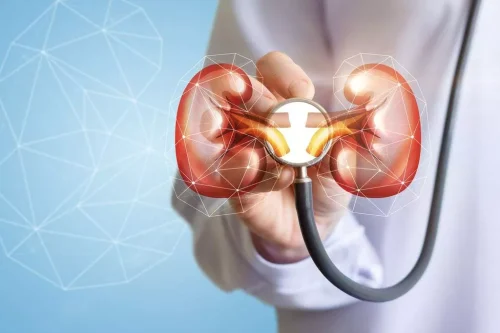
Why Have People Associated Rhinophyma With Alcohol Abuse?
Just like spicy foods make people with rhinophyma lare up, increased alcohol intake only makes rhinophyma more apparent. Other treatments for advanced rhinophyma may include surgery or dermabrasion to help smooth out the rough, dry skin on the nose. Developing a skincare routine is especially important for those who have this condition, which may include some lifestyle changes.

SURGICAL OPTIONS
With snorting alcohol, you’re in uncharted territory where the exact risks aren’t fully understood. If you’re going to try it, keep a friend nearby who can intervene if things take a turn. Snorting alcohol is one way to feel drunk without having to consume a lot of alcohol, but it’s not as practical as it sounds. Finally, snorting alcohol can damage the sensitive skin inside your nose. Perhaps the biggest risk with snorting alcohol comes down to how little experts know about its effects. Sure, there’s anecdotal evidence from folks who’ve tried it, but nothing concrete.

- Outpatient offers medical services and monitoring on a scheduled basis.
- However, it is very important to note that rosacea and rhinophyma can be agitated by things other than alcohol.
- A physician will look at your medical and family history and possibly do tests to rule out other causes of the problem like eczema or lupus.
Certain skincare products which are medically approved can help reduce redness caused by flare-ups. For those suffering from rosacea, it’s normal to feel self-conscious when experiencing pimples or redness of the nose. For many who have rosacea, oral antibiotics can be prescribed by your doctor. Adding to this myth is the term “whiskey nose,” which comes from the way people would drink whiskey. Before drinking, people would sniff the whiskey to enjoy the aroma.
Questions About Treatment?
However, alcohol use disorder is treatable with detox, inpatient rehab programs, and other treatment services. Common treatment options include medication, behavioral therapies, and 12-step support groups. According to more recent studies, however, the definitive link between alcohol consumption and rhinophyma has been disproven.
